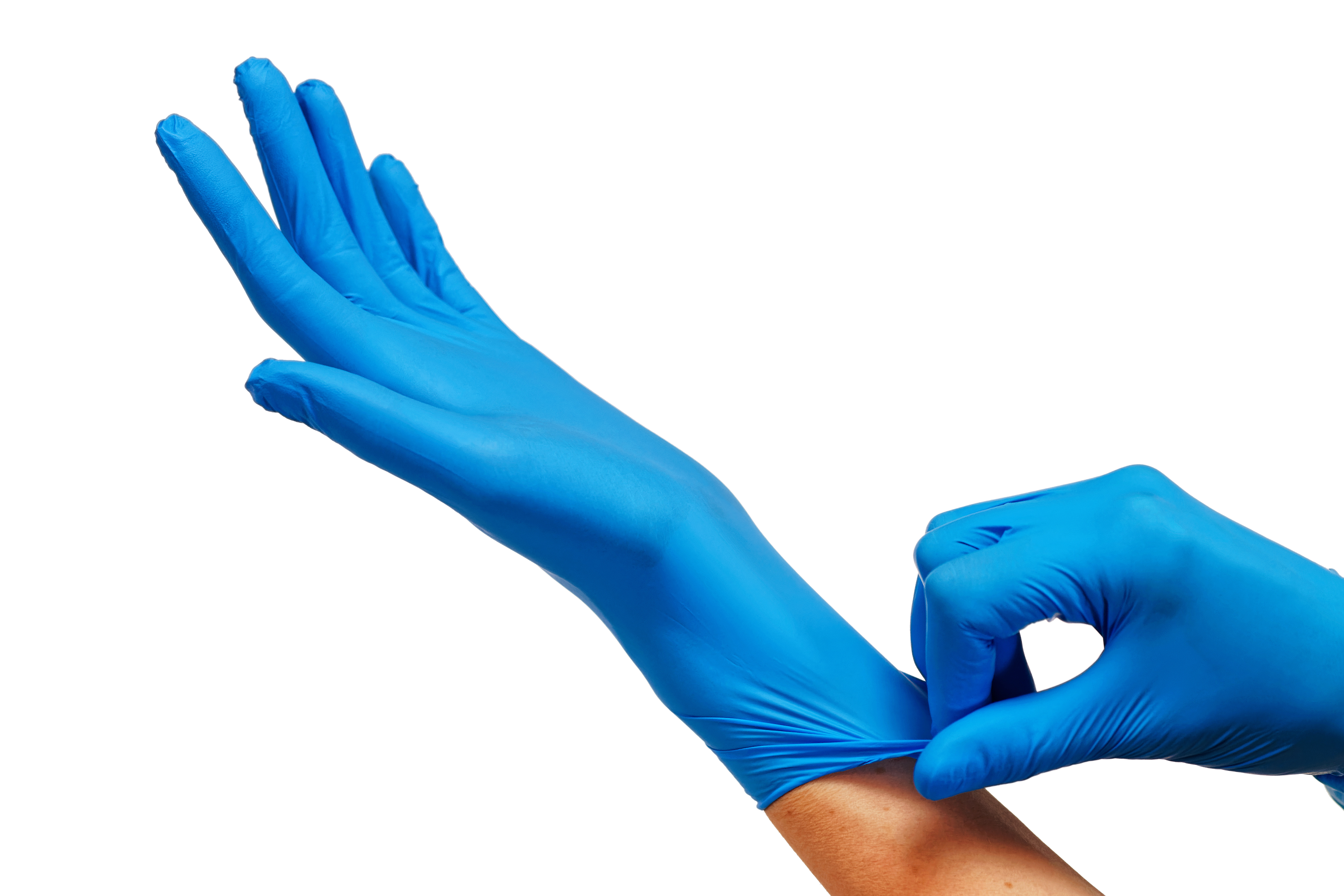Reference: 8436554360475ES
Brand: Green Stuff World
Metal sheets for magnets
Metal sheets for magnets | Rubber Steel Sheet Self Adhesive
Reference: 8436554360475ES
Brand: Green Stuff World
Metal sheets for magnets | Rubber Steel Sheet Self Adhesive
Reference: 8435646506234ES
Brand: Green Stuff World
Brush Rinser | Paint Brush Cleaner toolCopyright © 2022 Green Stuff World SL. All Rights Reserved.
Reference: 8436554365050ES
Brand: Green Stuff World
Instant glue | CA glue
Reference: 8436554360208ES
Brand: Green Stuff World
Milliput Standard Yellow Grey - Epoxy putty for all kinds of applications.
No news
See allThere are 8 products.
Reference: 8437017506393ES
Brand: Green Stuff World
Nitrile gloves | Ambidextrous | Powder free | 100 pieces
Reference: 8437017506386ES
Brand: Green Stuff World
Nitrile gloves | Ambidextrous | Powder free | 100 pieces
Reference: 8437017506379ES
Brand: Green Stuff World
Nitrile gloves | Ambidextrous | Powder free | 100 pieces
Reference: 8437017506362ES
Brand: Green Stuff World
Nitrile gloves | Ambidextrous | Powder free | 100 pieces
Reference: 8437001266937ES
Brand: Green Stuff World
Nitrile gloves | Blue | Ambidextrous | Powder free | 100 pieces
Reference: 8437001266920ES
Brand: Green Stuff World
Nitrile gloves | Blue | Ambidextrous | Powder free | 100 pieces
Reference: 8437001266913ES
Nitrile gloves | Blue | Ambidextrous | Powder free | 100 pieces
Reference: 8437001266906ES
Brand: Green Stuff World
Nitrile gloves | Blue | Ambidextrous | Powder free | 100 pieces
Nitrile gloves, a fundamental element in hand protection, are synthetic rubber products made from a copolymer of acrylonitrile (ACN) and butadiene. Originating as a significant advancement in glove technology, serves diverse purposes in medical, industrial, and craft use. These powder-free gloves ensure high flexibility, tactility, tear resistance, and compliance with NFPA requirements. They are coated with a durable, grippy nitrile coating and showcase resistance to chemicals and water.
The core material for crafting them is of synthetic origin, and resistant to oils, fuels, and various chemicals. Due to the increasing prevalence of latex allergies, they are made with non-latex materials, such as nitrile rubber which has gained widespread usage. This product is a superior alternative with no latex protein content, increased resistance to tear, enhanced durability, better precision, sensitivity, and sizing.
Ensuring proper care and usage of this product is crucial for optimal performance. It is known for its durability, allowing for prolonged wear but should be changed frequently to avoid skin irritation, especially when handling chemicals or substances that stain.
This product protects the modeler's hands from coming into direct contact with paints, solvents, and airbrushing agents. It prevents the transfer of oils and contaminants from the skin onto the models, ensuring a clean and professional finish.
When assembling or customizing miniature figures, they avoid leaving fingerprints, in wargames and miniatures, helping to maintain the overall quality of the models. Besides, they are worn when using adhesives, glue, or epoxy glue to bond different components of the models. This facilitates precise application and does not stick the modeler's skin.
It is very useful for those who work with UV resin, epoxy resin or use sculpting materials, providing a barrier against potential skin irritation. Resins often contain chemicals, and this product offers protection during the casting and handling processes.
Modelers use various techniques for weathering and detailing to add realism to their miniatures. Nitrile disposable gloves protect hands from exposure to pigments, washes, and other weathering materials, allowing for intricate detailing without staining the skin.
Of course, they make cleaning easier, after each modeling session. People can quickly dispose of them, preventing the need for extensive handwashing and ensuring that no residues from the modeling process are transferred elsewhere.

Using this article is easy, although you have to take into account some important points:
To work comfortably with them, they must fit snugly on the hand. That is why it is important to choose the right size. This is crucial for maintaining agility and preventing discomfort during intricate tasks such as painting miniature figures or assembling delicate components. Apart from this, the precautions to be taken into account are the following:
- Make sure they are resistant to the substances you are working with.
- Change them regularly during model-building sessions, especially when transitioning between different tasks or materials, to minimize the risk of cross-contamination.
- When removing them, follow the proper technique to avoid contact with any contaminants on the outer surface.
- If used for too long, some solvents such as acetone can dissolve them.
- Regularly check the condition of your nitrile gloves during use. If you notice any signs of tearing, punctures, or contamination, change them to maintain an effective protective barrier.
- For extended wear, consider changing them regularly to prevent sweat accumulation, which may lead to discomfort and potential skin irritation.
- Store them in a cool, dry place away from direct sunlight. Heat and moisture can compromise the quality over time. Check the expiration date on the packaging and avoid using them when they have exceeded their shelf life.
- If possible, dispose of them in the most appropriate container for disposal.